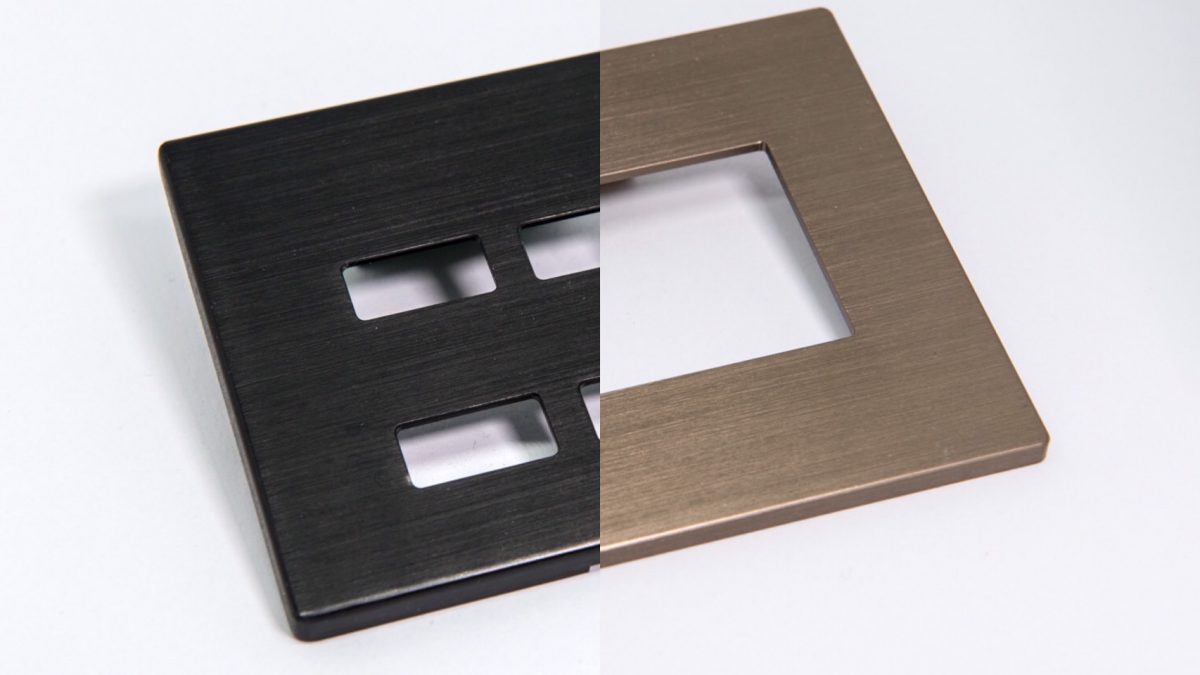
Aluminum is a silver-white light metal with good ductility. It is often made into processing raw materials such as bars, tubes, coils, and even special-shaped sections. Generally, aluminum alloy materials are formed by extrusion, which is first melted to a semi-melted state and then extruded.
However, in order to speed up the extrusion processing, the operator sometimes increases the temperature in the furnace to soften the aluminum, but this will destroy the composition of the aluminum and change the homogeneity.
In addition, due to the extremely high pressure during extrusion, the temperature of the aluminum material increases accordingly. That might result in uneven distribution of material components after cooling, and the energy cannot be fully released and accumulated in the aluminum material. It will not only generate internal stress but also produce visible grain structure.
When the material with serious conditions is machined, a visible grain structure will appear on the surface after cutting, especially after anodizing. The visible grain structure will definitely appear, which is unavoidable.
There are two ways to avoid this situation:
1. The aluminum extrusion plant must practically require quality control and employee operation.
2. The aluminum (especially commonly used 6061 and 7075) does T6 or T651 heat treatment. But this method is only slightly improved, not completely.
T6: solution treatment + artificial aging
T651: solution treatment + artificial aging + a certain amount of stretching to eliminate internal stress (could maintain dimensional stability after machining)
Therefore, Selecting high-quality materials that meet the needs for processing can avoid issues in subsequent processing including electroplating, and affecting assembly and appearance requirements.
You can find the photo display of the CNC machining parts made by us HERE!
